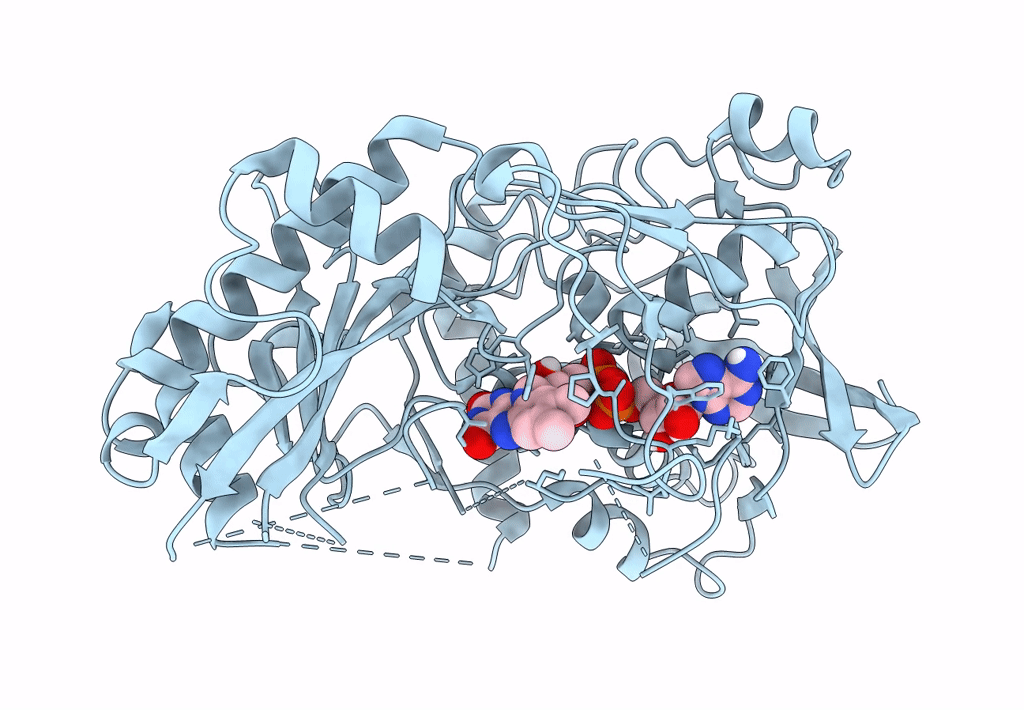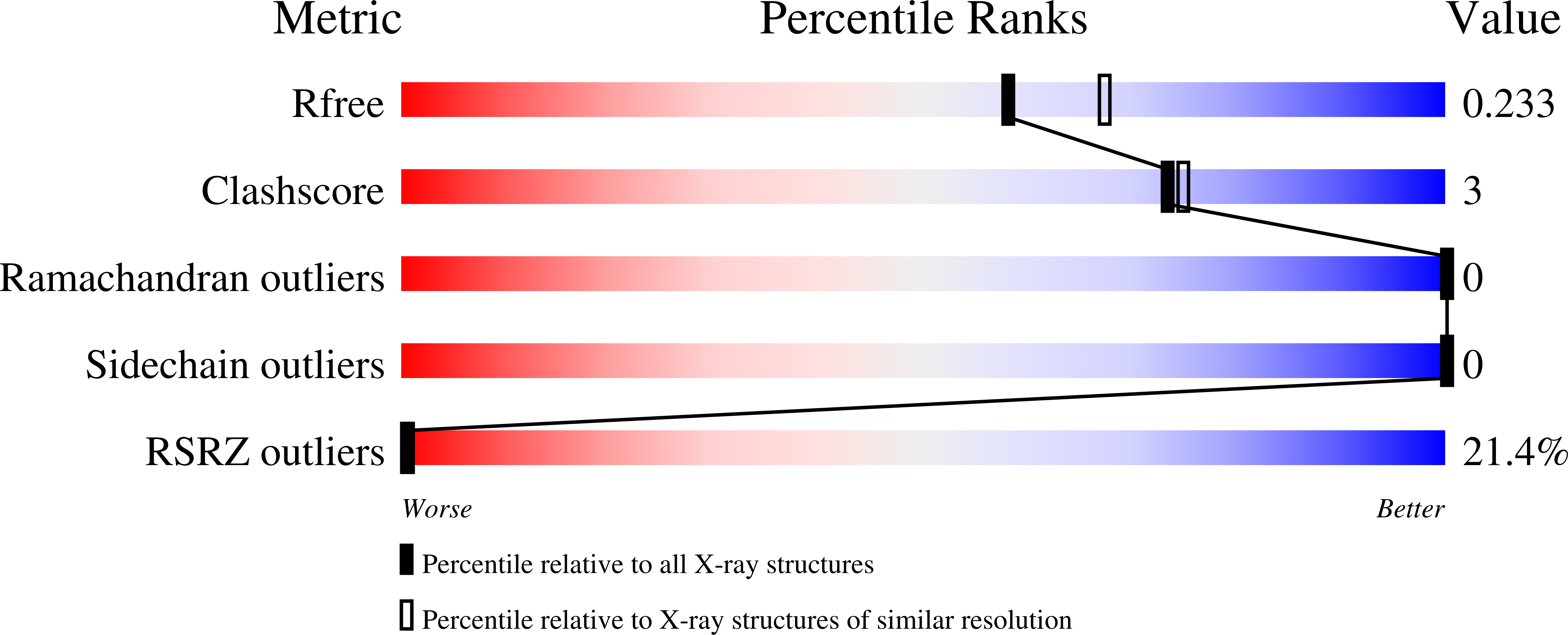
Deposition Date
2022-10-03
Release Date
2022-11-16
Last Version Date
2024-05-01
Entry Detail
PDB ID:
8B7S
Keywords:
Title:
Crystal structure of the Chloramphenicol-inactivating oxidoreductase from Novosphingobium sp
Biological Source:
Source Organism:
Novosphingobium sp. B 225 (Taxon ID: 1961849)
Host Organism:
Method Details:
Experimental Method:
Resolution:
2.10 Å
R-Value Free:
0.23
R-Value Work:
0.20
R-Value Observed:
0.20
Space Group:
I 1 2 1


